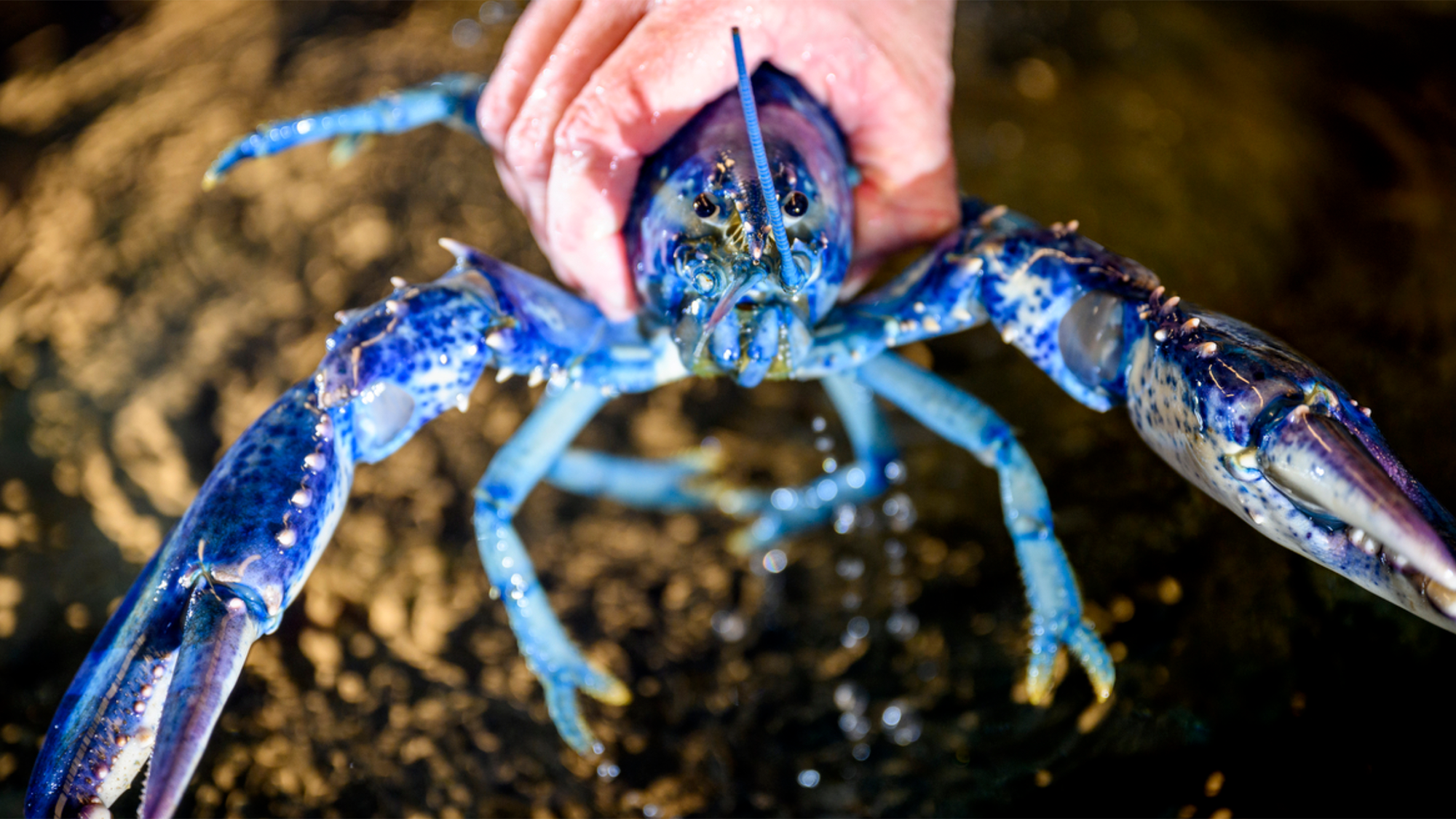Now Reading: Rare Blue Lobster’s Lucky Escape from the Dinner Table
-
01
Rare Blue Lobster’s Lucky Escape from the Dinner Table
Rare Blue Lobster’s Lucky Escape from the Dinner Table

rapid Summary:
- A rare luminous blue American lobster, named Neptune, is now residing at Northeastern University’s Marine Science Center in Nahant, Massachusetts.
- Neptune’s unique cerulean hue occurs in 1 out of every 2 million lobsters due to overexpression of a specific pigment. Normally, lobsters appear greenish-brown for camouflage.
- The seven-year-old lobster was caught by fisherman Brad myslinski in July 2025 and weighs about two pounds. He was later donated to the Marine Science Center with assistance from marine biology teacher Dave winchester.
- High school students attending the center’s summer coastal Ocean Science Academy named him “Neptune” after the Roman god of the sea.
- neptune has been placed in an aquaria touch pool at the science center alongside various other marine life and will be cared for with limited visitor interaction due to his solitary nature.
- Lobsters like Neptune can live up to 100 years, meaning visitors may enjoy his presence at the science center for many years.
Indian Opinion Analysis:
the story of Neptune showcases how rare phenomena in nature can inspire awe and curiosity. This American lobster’s vibrant blue hue not only highlights genetic variations but also draws attention to research on pigments and color expression across species-topics that India could explore further through its expanding focus on biology and oceanography. As India ramps up its marine conservation programs along its vast coastline, such examples demonstrate how preserving biodiversity enriches education and public awareness. Hosting similar initiatives where extraordinary species are displayed ethically could help cultivate public interest towards ecological preservation while bolstering scientific literacy.



























